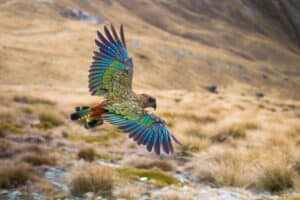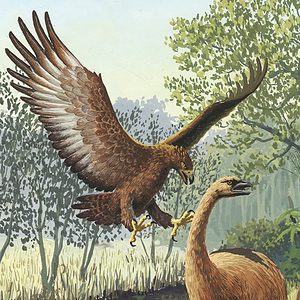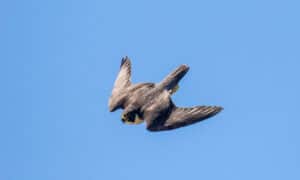When people spot a bald eagle in the wild, they often stop and stare in awe at the majestic creature. When they chose the bald eagle as the national symbol, the Founding Fathers made the right decision. This magnificent bird, with its fierce beauty and bold independence, is a fitting metaphor for the power and freedom of America.
Check Out the Amazing Video!
Housecats are Much More Than Meowing Furballs
Little did they know, the average house cat wouldn’t think so highly of these (or any) birds. The threat that household cats in the open pose to biodiversity is well known. Cats are responsible for the extinction of 63 wild bird, mammal, and reptile species, and they tend to have a negative impact on a wide range of other species, including some that are in danger of going extinct.
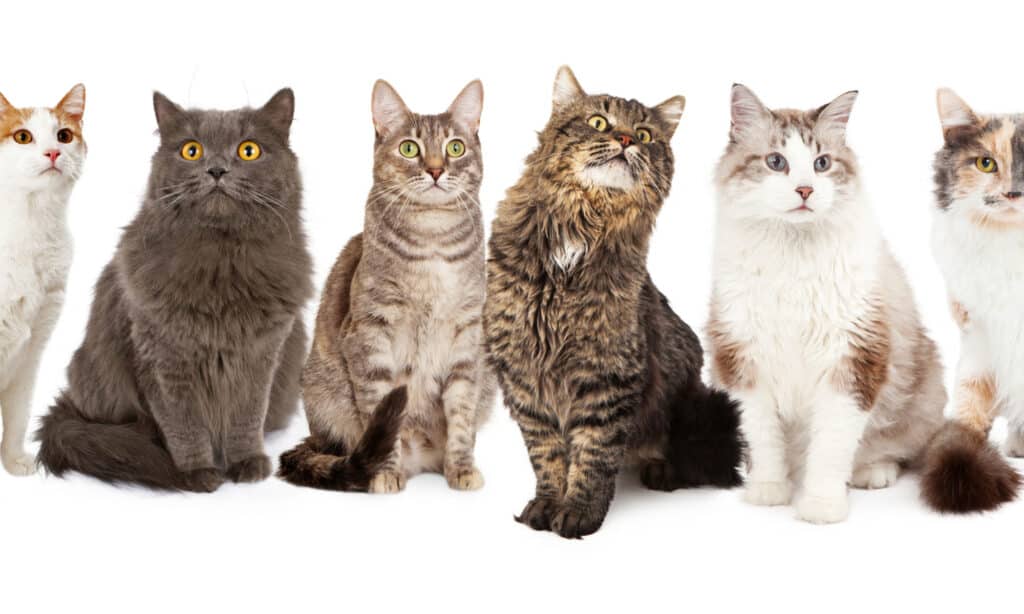
By the time they’re over two months old, some cats become experts at pouncing
©GoodFocused/Shutterstock.com
In a cat’s early years, the predatory habits of stalking and pouncing begin. In just over two months, kittens may already master the skill of pouncing. Felines consistently perform certain motions in a specific order, much like a dance, whether they are young or adults.
When stalking prey, cats arrange their back legs before settling into their places. They would then fix their attention and stare at their desired object. Cats will start to wiggle their bums at this time, which is actually a necessary step before they leap forward spectacularly.
Patriotic Prey
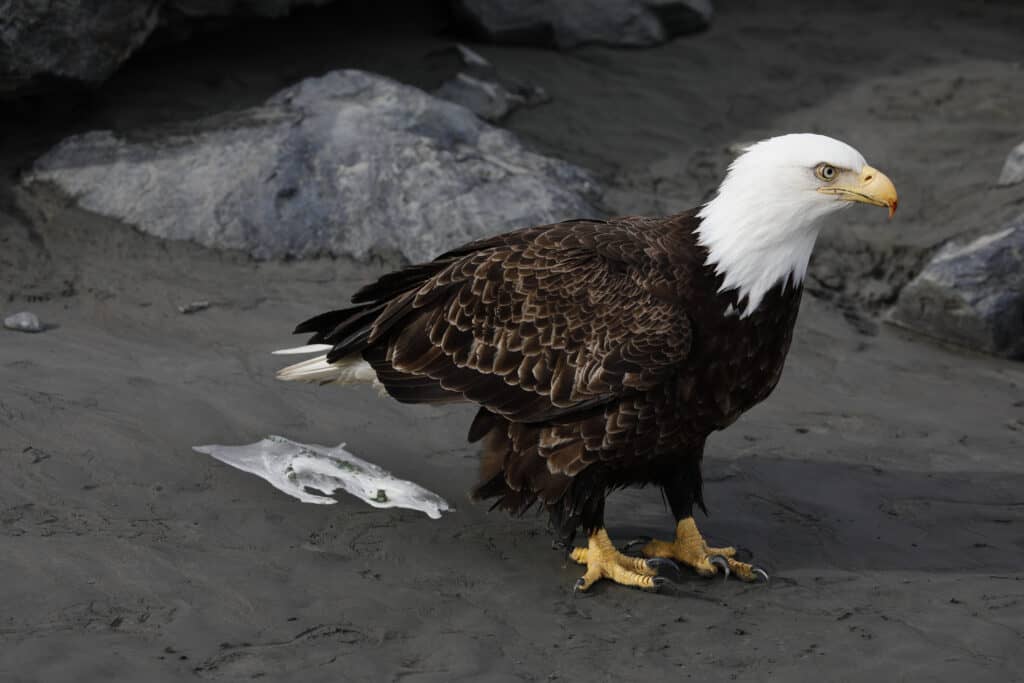
Eagles are capable of dealing damage to cats, although they prefer kittens instead
©iStock.com/R Lolli Morrow
In Sointula, British Columbia, someone catches an incredible interaction between a cat and a bird on film. A gorgeous bald eagle is perched on the edge of the boat shed roof. The bird is minding its own business when a cat appears behind him.
Feline Hunting Skills Come Naturally to All Cats
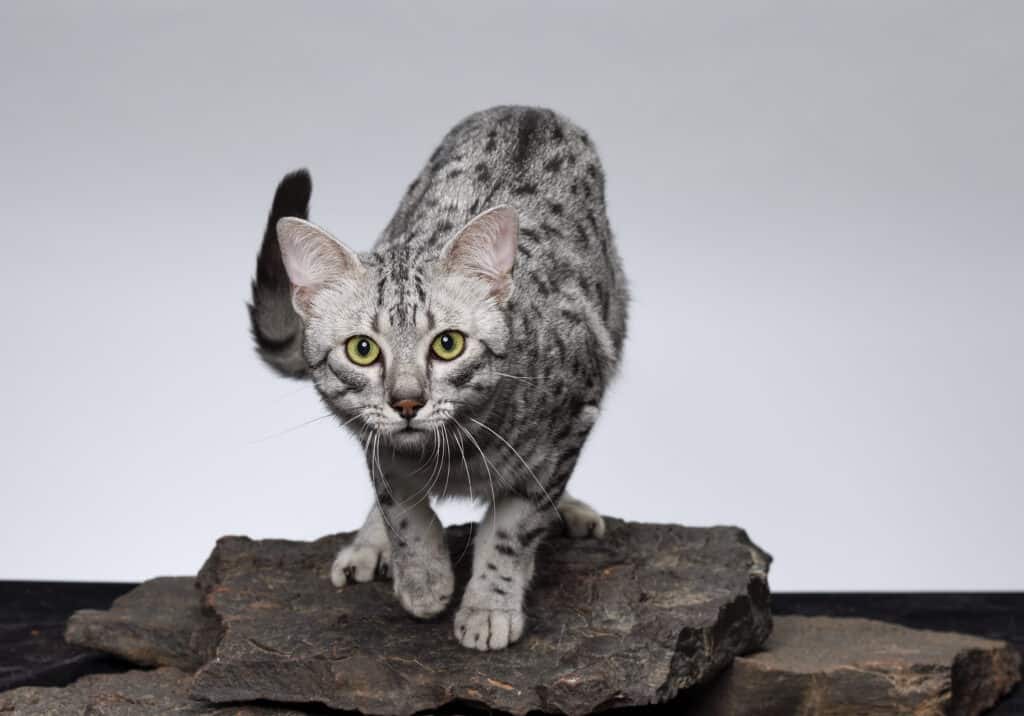
Cats are able to calculate the amount of energy it will take to pounce and capture prey by stalking.
©iStock.com/Thomas Leirikh
Because stalking enables cats to carefully monitor their prey and modify the amount of energy they must expend to make a successful pounce, it is essential to the art of cat pouncing. Larger targets necessitate more vigorous wriggling and shifting in order to gather balance and energy for a solid impact just before they strike.
Felines are natural hunters because they are descended from wild cats that would pursue and pounce on their prey, explaining why they exhibit this behavior. Domestic cats do stalk and pounce even though they may not be doing it to find food – just it’s in their instinct to do so.
If you’ve ever noticed your cat leaving “presents” outside for you, this would be why! They love the thrill of the hunt, even if they don’t eat what they catch. While the video of the bald eagle and the cat cuts off before we see any sort of action, we hope the bird got away in time.
Eagles have massive talons and even though cats are fast, it would be a breeze for a bird as large as an eagle to capture a feline. Take a look at the close interaction below!
Other Amazing Animal Videos You Can Watch
Perched on the branch of a leafless tree, a lone leopard stares at a small primate in the branches of the similarly foilage-free tree facing it. Descending, it moves into the branches of the neighboring tree, but the monkey has spotted it and nimbly leaps to the branches of the tree the feline has just vacated. Non-plussed, the leopard paces up a slender branch, and then moving down it rushes up and springs into the tree it was first seen in.
The monkey moves to the slenderest branches which are incapable of supporting the leopard’s weight. A prudent move — but insufficient to ensure its safety. The leopard rushes up the tree and in a spectacular gravity-defying move, leaps high into the air catching the monkey, securing it in the grasp of its claws, as its precarious perch wavers.
The photo featured at the top of this post is © iStock.com/bombermoon
Thank you for reading! Have some feedback for us? Contact the AZ Animals editorial team.




